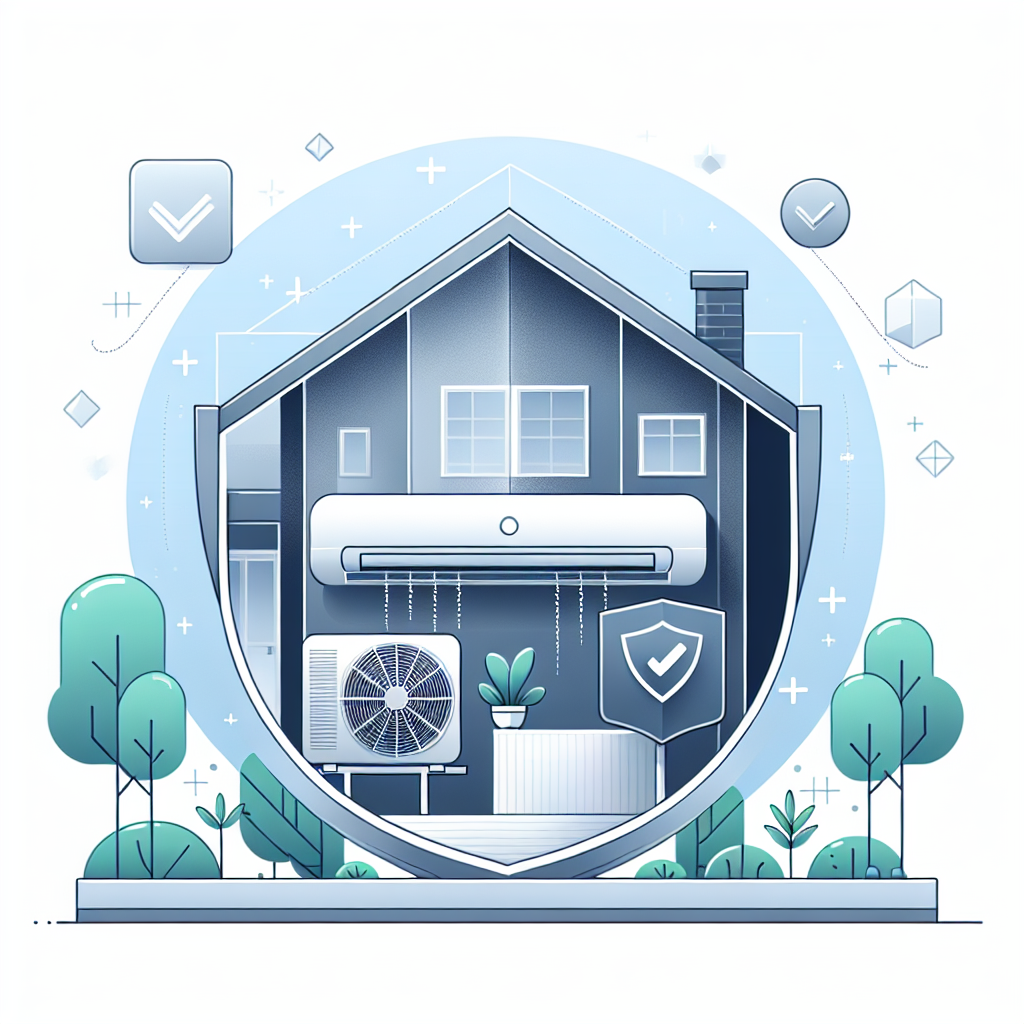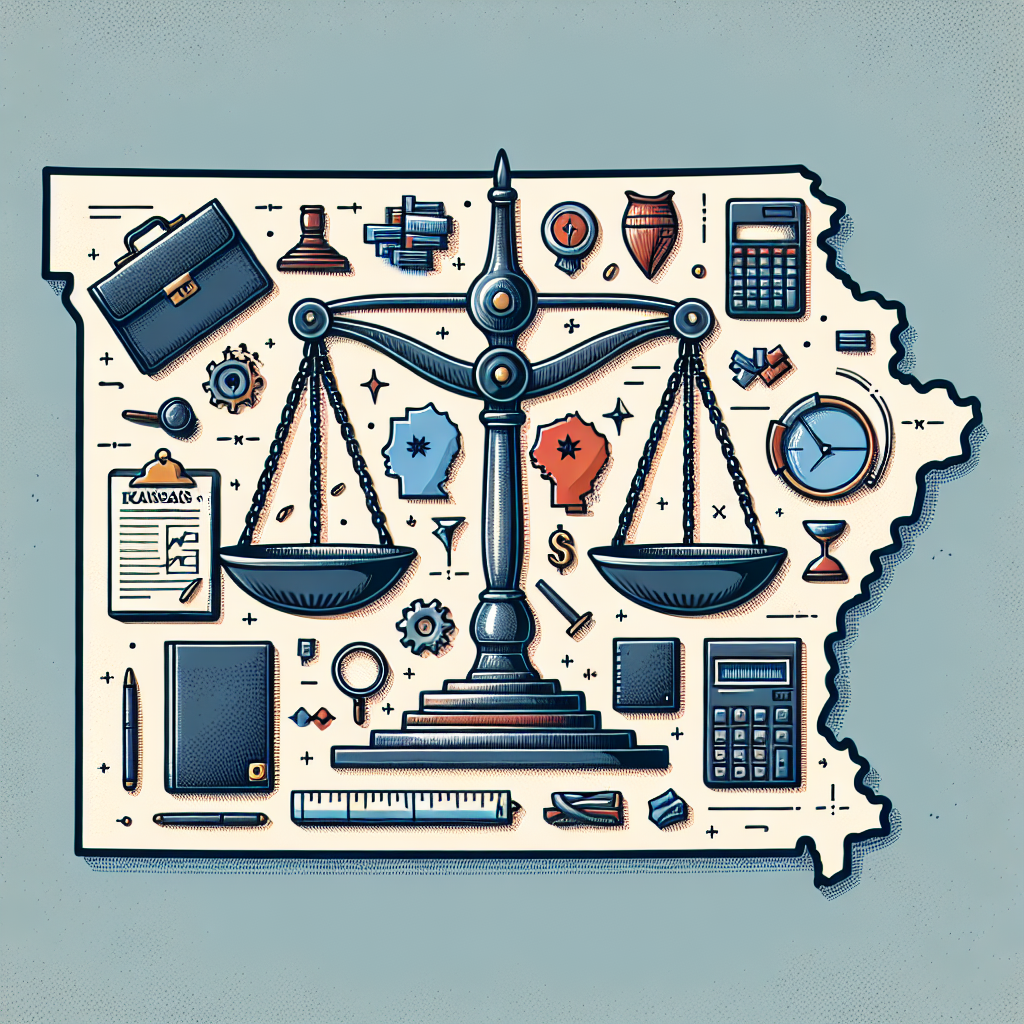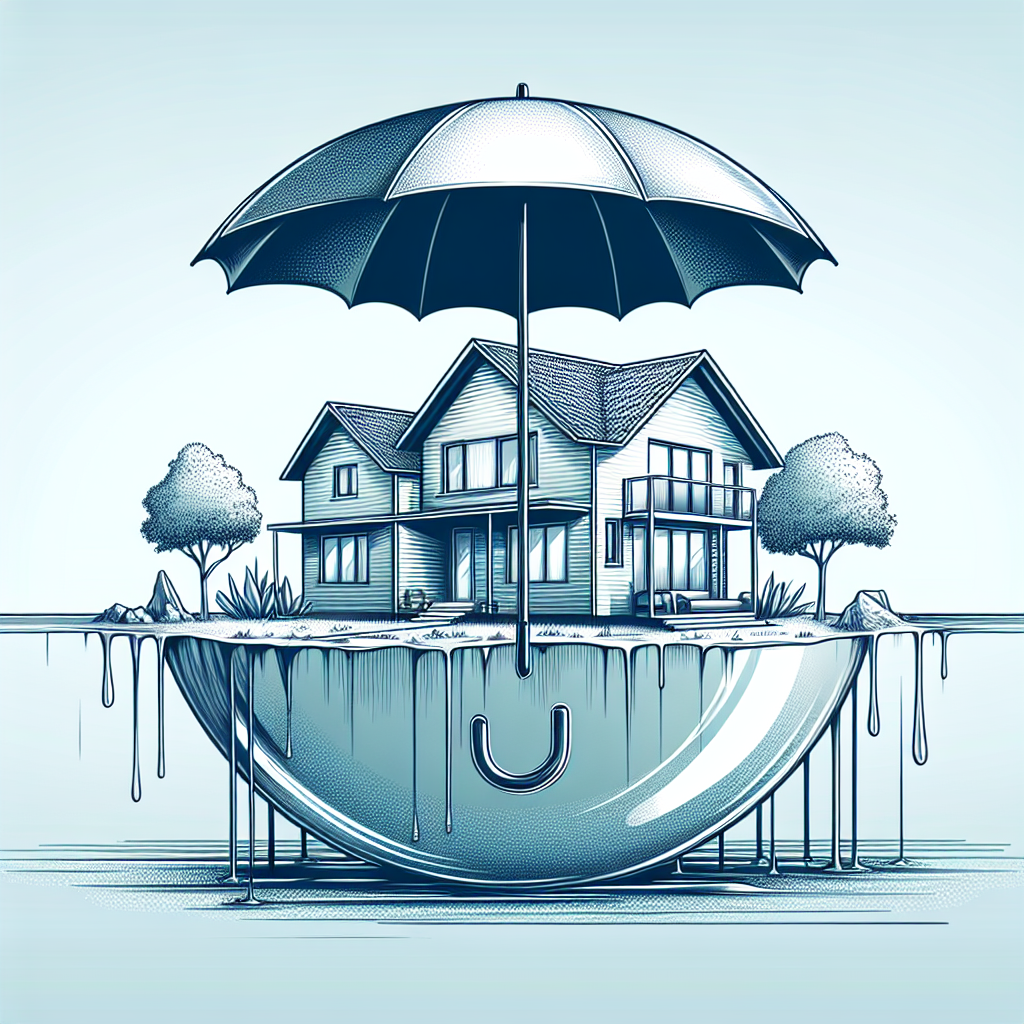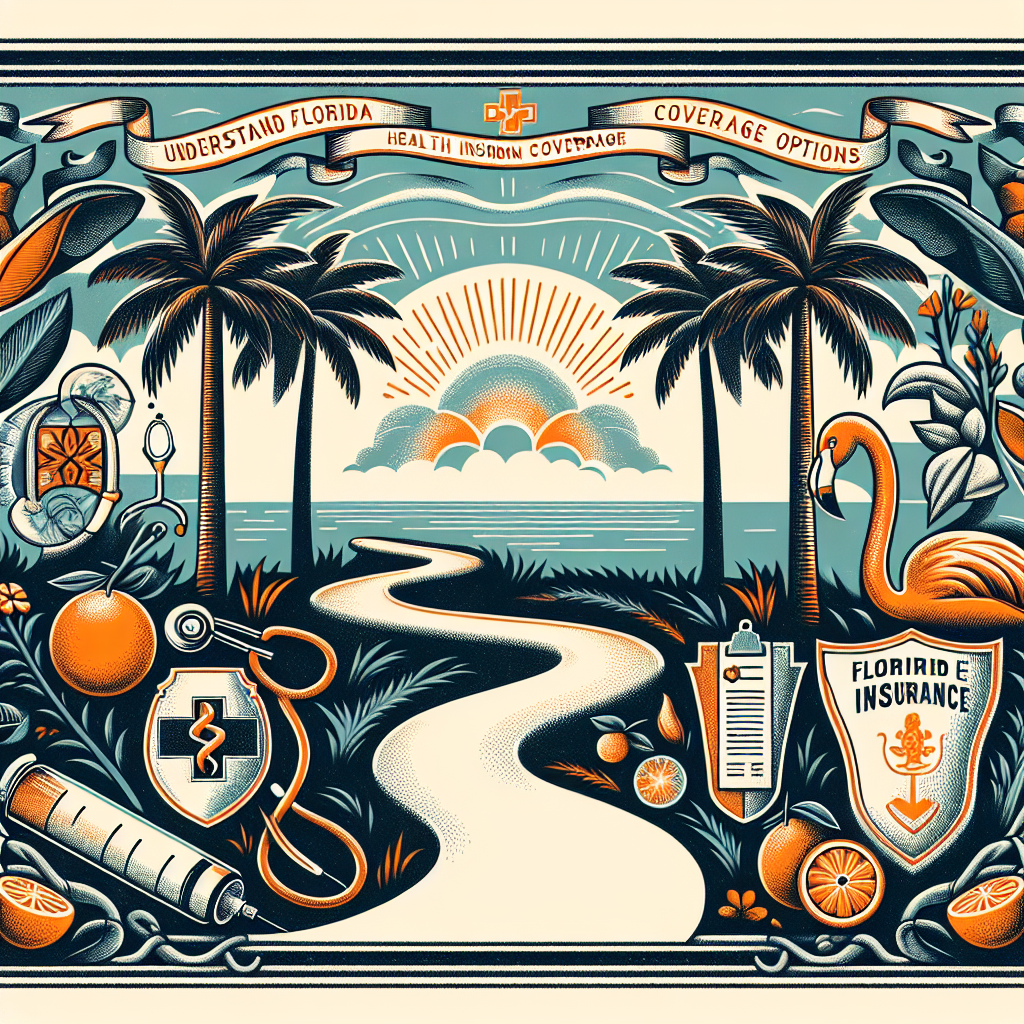Filed under Home Insurance on
Home Insurance AC Coverage: What Is Covered and Not

Why air-conditioning coverage matters more than ever
When summer heat lingers longer and utility grids strain under peak demand, homeowners start asking a practical question: What happens if my AC fails—and is it insured? Understanding Home Insurance AC Coverage gives you clarity on when a broken system becomes an insurance event and when it’s simply a maintenance problem. With HVAC systems among the most expensive components in a home, getting this right can save thousands and prevent unwelcome surprises at claim time.
Industry groups and adjusters consistently point to one guiding principle: homeowners insurance is designed for sudden, accidental losses caused by specific perils, not for expected wear and tear. Keeping that principle in mind makes it easier to decode how central air, mini-splits, and window units are handled in most policies.
How homeowners policies typically treat air conditioners
Air-conditioning can be protected under different parts of your policy depending on the equipment and where it’s installed. The policy form matters (most U.S. homeowners have an HO-3 or HO-5), but the following framework is widely used.
Central AC and heat pumps
Built-in systems—condensers, furnaces with AC coils, heat pumps, and permanently installed ductwork—are generally part of the dwelling (Coverage A). If a covered peril damages your condenser or evaporator coil, it’s handled like any other fixed building component, subject to your dwelling limit, deductible, and policy conditions.
Ductless mini-splits
Wall-mounted or ceiling cassette units that are permanently affixed and connected to the home’s electrical and refrigerant lines are usually treated as part of the dwelling as well. If the system is permanently installed, insurers tend to categorize it like central AC.
Window and portable units
Detachable window ACs and portable units are often considered personal property (Coverage C). That means the claim may be paid at actual cash value (depreciated) unless you carry a replacement cost endorsement for personal property. Theft, vandalism, and certain sudden losses can be covered, but limits, sublimits, and exclusions may apply.
What is usually covered
Home Insurance AC Coverage generally helps with damage caused by sudden, external events. While exact terms vary by insurer and state, these examples are commonly included in standard policies:
- Fire and smoke: Flames or smoke damage to the condenser, air handler, or wiring.
- Lightning: Direct strikes and lightning-induced surges that fry motors, control boards, or capacitors.
- Wind and hail: Impact damage to exterior units, subject to any wind/hail deductibles or regional exclusions.
- Vandalism or theft: Stolen window units or vandalized condensers (including stolen copper) are typically covered, especially for primary residences.
- Falling objects: A tree branch or debris crushing the outdoor unit during a storm.
- Sudden water damage from a covered cause: For example, a ruptured pipe that soaks a closet air handler or ceiling cassette; note that water backups and long-term leaks are treated differently.
- Weight of ice or snow: In colder climates, roof or eave collapse that damages components, if your policy includes this peril.
Two important caveats often apply. First, power surge coverage is nuanced: many policies cover surges only if caused by lightning. Utility or grid-related surges may be excluded unless you add an endorsement. Second, if the unit is repairable, insurers typically pay to restore it to working order, not to upgrade to a higher-efficiency model unless required by code and you carry ordinance or law coverage.
What is usually not covered
Even with robust Home Insurance AC Coverage, standard homeowners policies exclude many AC failures because they stem from wear, age, or ongoing conditions rather than sudden accidents.
- Wear and tear, age, and corrosion: Compressors that fail due to years of use, refrigerant leaks from corroded coils, or rusted line sets are considered maintenance issues.
- Lack of maintenance: Clogged drains, dirty coils, and neglected filters that cause system damage are often excluded.
- Mechanical or electrical breakdown: A part that fails on its own (motor burnout, control board failure) is typically not covered unless you carry equipment breakdown coverage.
- Improper installation or defective workmanship/materials: Faulty installs are excluded; recourse is usually with the contractor’s warranty or liability policy.
- Mold, rot, and long-term seepage: Gradual damages or slow leaks often sit outside coverage unless tied to a covered peril and addressed promptly.
- Vermin and insects: Damage from rodents chewing lines or wiring is usually excluded.
- Flood and earthquake: These perils require separate flood or earthquake policies/endorsements.
- Off-premises power failure: Losses caused by a utility outage away from your property are commonly excluded unless you have a specific endorsement.
Understanding these exclusions helps you decide whether to add endorsements or a home warranty to round out your protection.
Costs, deductibles, and settlement: the numbers that shape your claim
How a payout is calculated depends on where the AC is covered in the policy and the settlement type you carry.
- Coverage A (dwelling): Central AC and permanently installed mini-splits are typically covered here. Settlement is often on a replacement-cost basis for the structure, paying what it costs to replace with similar materials (after you complete repairs), minus deductible.
- Coverage C (personal property): Window units or portable ACs usually fall here. Unless you’ve added a replacement-cost endorsement, they’re paid at actual cash value, which factors depreciation for age and condition.
- Deductibles: Wind/hail may have a percentage deductible in some regions, which can significantly affect storm-related AC claims. For other perils, a fixed-dollar deductible applies.
- Sublimits and special limits: Policies sometimes cap payouts for certain causes (e.g., power surges not caused by lightning) or categories. Review endorsements and sublimits in your declarations page.
- Code upgrades (ordinance or law): If building codes require larger electrical capacity, a new pad, or different refrigerant components, ordinance or law coverage can fund those incremental costs up to its limit.
Endorsements that can strengthen your protection
Even the best base policy may leave gaps. These add-ons can complement your Home Insurance AC Coverage and reduce unpleasant surprises.
Equipment breakdown coverage
This endorsement is designed for sudden mechanical or electrical breakdown of home systems, including AC compressors, heat pumps, and smart thermostats, when the failure is not caused by an external peril. It often includes coverage for motor burnout, electrical arcing, pressure system ruptures, and even smart-device electronics connected to the HVAC. Premiums are typically modest compared to a full system replacement. Check limits, deductibles, and whether refrigerant and labor are included.
Power surge endorsement
If your base policy only covers surges due to lightning, a surge endorsement can extend protection to utility or grid events. This is valuable in regions with frequent brownouts or aging infrastructure, where voltage fluctuations can damage control boards and variable-speed motors common in modern high-SEER units.
Ordinance or law (code upgrade) coverage
HVAC replacements can trigger code requirements: new disconnects, dedicated circuits, seismic strapping, or minimum efficiency standards. Ordinance or law coverage pays the difference between restoring what you had and what the code now requires, up to your endorsement limit.
Service line coverage
This endorsement covers underground exterior lines (water, sewer, electrical) on your property. While AC refrigerant lines are typically not underground, the electrical feed to a detached structure housing part of your HVAC may qualify. Talk with your agent to see whether your specific setup could benefit.
Expanded replacement cost or inflation guard
Because labor and equipment prices can spike, especially during heat waves or after major storms, endorsements that increase your dwelling limits or automatically adjust them for inflation can help keep your AC replacement fully funded.
Home warranty vs. homeowners insurance vs. maintenance plan
It’s easy to confuse these tools—each covers a different slice of risk:
- Homeowners insurance: Handles sudden, accidental losses from named or open perils (lightning, fire, vandalism). Core of Home Insurance AC Coverage.
- Equipment breakdown endorsement: Adds protection for internal failures not caused by an external peril.
- Home warranty: A service contract that may cover wear-and-tear repairs or replacements for HVAC, subject to caps and vendor networks.
- HVAC maintenance plan: Annual or semiannual inspections to keep systems in shape and document care—helpful for both warranty eligibility and claim credibility.
Filing a claim the smart way
When something goes wrong, documenting the event and following the policy’s conditions helps your Home Insurance AC Coverage work as intended.
- Protect the property: If safe, shut down power, cover exposed components, and stop further damage. Policies require mitigation.
- Document the cause: Photos, video, and a brief timeline are critical. If a storm caused damage, note date/time and keep local weather alerts or utility outage notices.
- Get a diagnosis: Ask an HVAC professional to specify which parts failed and why. The phrase “sudden mechanical breakdown” points to an equipment breakdown endorsement, while “lightning surge damage” points to base policy coverage.
- Save parts and receipts: Keep damaged components, repair estimates, and invoices. They help an adjuster verify the loss.
- Notify your insurer promptly: Provide your preliminary documentation and be ready to answer questions about maintenance history.
- Confirm settlement terms: Ask whether the payment is actual cash value or replacement cost, what the deductible is, whether code upgrades are included, and if any sublimits apply.
Maintenance and recordkeeping that pay off
Insurers expect reasonable care of the property. Proving you’ve maintained your system can make the difference between approval and denial—especially when the cause is contested (e.g., power surge versus worn-out control board).
- Schedule routine service: Spring and fall checkups catch drain clogs, low refrigerant, and electrical issues early.
- Change filters regularly: Keep a simple log or use a smart thermostat reminder.
- Clear the area: Maintain two feet of clearance around the condenser; keep vegetation, leaves, and lint away.
- Install surge protection: Whole-home surge protectors and dedicated device-level protectors reduce failures (and demonstrate diligence).
- Track repairs: Keep invoices and technician notes describing causes and fixes.
These small steps not only prevent breakdowns but also strengthen the narrative for your claim if a covered peril strikes.
Special property types: condos, rentals, and short-term rentals
Not all homes are insured the same way, and that affects your AC.
Condos (HO-6 policies)
In many condominium associations, the exterior condenser for a shared or individual system may be the association’s responsibility, while interior air handlers and lines are yours. Your HO-6 typically covers interior fixtures, betterments, and personal property. Review your master policy and bylaws to see where the AC falls and whether your unit-owner policy limits are adequate. Home Insurance AC Coverage for condo owners hinges on that division of responsibility.
Renters (HO-4 policies)
Renters insurance covers your personal property (e.g., a window unit you own) against covered perils. The landlord’s policy is generally responsible for the building and any landlord-owned central AC. If a power surge fries your own window unit, the claim would be under your HO-4, subject to policy terms and endorsements.
Landlords (dwelling policies)
Landlord policies (DP-3, etc.) often mirror HO-3 protections for the building, including AC equipment attached to the structure. If loss of use or loss of rent coverage applies, a covered AC loss that makes the property uninhabitable could trigger those benefits until repairs are completed, subject to policy conditions.
Real-world scenarios that show what is—and isn’t—covered
- Lightning during a summer storm: A nearby strike sends a surge through the system, burning the control board and compressor. Result: Often covered under the base policy. If lightning can’t be established and the surge is from the utility, a surge endorsement may be needed.
- Hail damages the condenser coil: Fins are bent and tubes punctured. Result: Generally covered, though cosmetic-only damage might be excluded unless functionality is affected.
- Compressor fails on a 12-year-old unit: The tech says it’s normal wear. Result: Not covered under the standard policy; an equipment breakdown endorsement or home warranty might help.
- Vandal steals copper tubing: Outdoor lines and components are ripped out. Result: Typically covered as vandalism or theft; police report and photos help document the loss.
- Clogged condensate line saturates drywall: The overflow safety switch was bypassed years ago. Result: Often denied as maintenance-related or long-term seepage; repair costs usually fall to the homeowner.
- Tree limb falls during windstorm: Crushed condenser and damaged fence. Result: Usually covered, subject to wind deductible and policy limits; removal of the fallen limb may have separate limits.
Trends shaping AC claims and coverage
Several market and climate trends are influencing how insurers underwrite and settle AC-related losses:
- More severe weather: Storm intensity and hail frequency in some regions are driving more exterior unit claims and sometimes higher wind/hail deductibles.
- Complex electronics: Variable-speed compressors and smart controls improve efficiency but can be more sensitive to surges and costly to repair, making surge protection and equipment breakdown endorsements more valuable.
- Refrigerant changes: The phaseout of older refrigerants can force system replacements when a compatible part isn’t available. Code upgrade coverage and replacement-cost terms become increasingly important.
- Labor shortages and supply chains: Repair delays and higher labor costs after regional events can push claim amounts higher and lengthen loss-of-use periods.
SEO snapshot: key takeaways for quick reference
- Home Insurance AC Coverage protects against sudden, external perils like fire, lightning, theft, and many storm damages.
- Wear and tear, poor maintenance, and internal mechanical breakdown are not covered without endorsements.
- Central AC is usually dwelling coverage; window units are personal property and may be depreciated without a replacement-cost endorsement.
- Endorsements—equipment breakdown, surge, and ordinance or law—can close common gaps.
- Documentation and maintenance records strengthen your claim.
Expert tips to avoid coverage gaps
- Verify how each AC component is categorized in your policy and whether settlement is replacement cost or actual cash value.
- Add equipment breakdown coverage if your insurer offers it—it’s often the most efficient way to protect against internal failures.
- Install whole-home surge protection and ask your insurer whether a surge endorsement broadens coverage beyond lightning-only events.
- Consider raising ordinance or law limits if your home is older or if local codes have tightened in recent years.
- For window units, add a personal property replacement-cost endorsement to avoid depreciation hits.
Frequently asked questions
Does homeowners insurance cover AC replacement or just repairs?
If a covered peril damages the system and repair isn’t feasible, replacement can be covered, subject to limits and deductibles. Insurers pay to restore you to a similar position—not to upgrade to a more expensive system—unless code requires it and you have ordinance or law coverage.
Is refrigerant covered?
Policies vary. Some include reasonable refrigerant costs for a covered repair, while others cap or exclude certain refrigerants. When refrigerants are obsolete or unavailable, replacement of the affected component (or system) may be considered if tied to a covered loss.
What if the AC stops during a heat wave and it’s a safety issue?
Insurers may expedite claims in extreme conditions, but coverage still hinges on cause. An equipment breakdown endorsement or a home warranty is your best bet for speed when the failure stems from internal wear or defect rather than a covered peril.
Is loss of use covered if my AC failure makes the home uninhabitable?
Loss of use (additional living expenses) typically applies only when the underlying cause is a covered peril. If the AC quits due to wear and tear, loss of use usually does not apply.
How can I prove a power surge caused the damage?
Request a technician’s written diagnosis noting surge indicators (charred boards, blown MOVs, multiple component failures). Utility event logs, neighbor reports, and whole-home surge protector trip data also help.
Putting it together: your action plan
- Read your declarations page: Note Coverage A and C limits, deductibles, and any endorsements tied to AC protection.
- Confirm settlement types: Replacement cost for structure and personal property? If not, consider adding endorsements.
- Add key endorsements: Equipment breakdown, power surge, and ordinance or law are the heavy hitters for AC risk.
- Document maintenance: Keep service logs and photos; install surge protection.
- Walk through claims “what-ifs” with your agent: Ask how a lightning strike, hailstorm, theft, or internal failure would be handled under your policy.
The bottom line
Home Insurance AC Coverage is built to respond when sudden, external forces damage your cooling system—lightning, fire, vandalism, and many storm-related impacts. It does not function as a maintenance plan for aging parts or gradual deterioration. By understanding the policy sections that apply to your specific equipment, adding endorsements to fill predictable gaps, and keeping strong maintenance records, you can secure cooling comfort with fewer financial surprises.
Before the next heat wave, ask your insurer to walk through how your central air, mini-splits, and any window units are covered, confirm surge and breakdown protections, and verify your code upgrade limits. With a few proactive steps today, you can turn Home Insurance AC Coverage into a reliable backstop rather than a question mark when you need cool air most.





